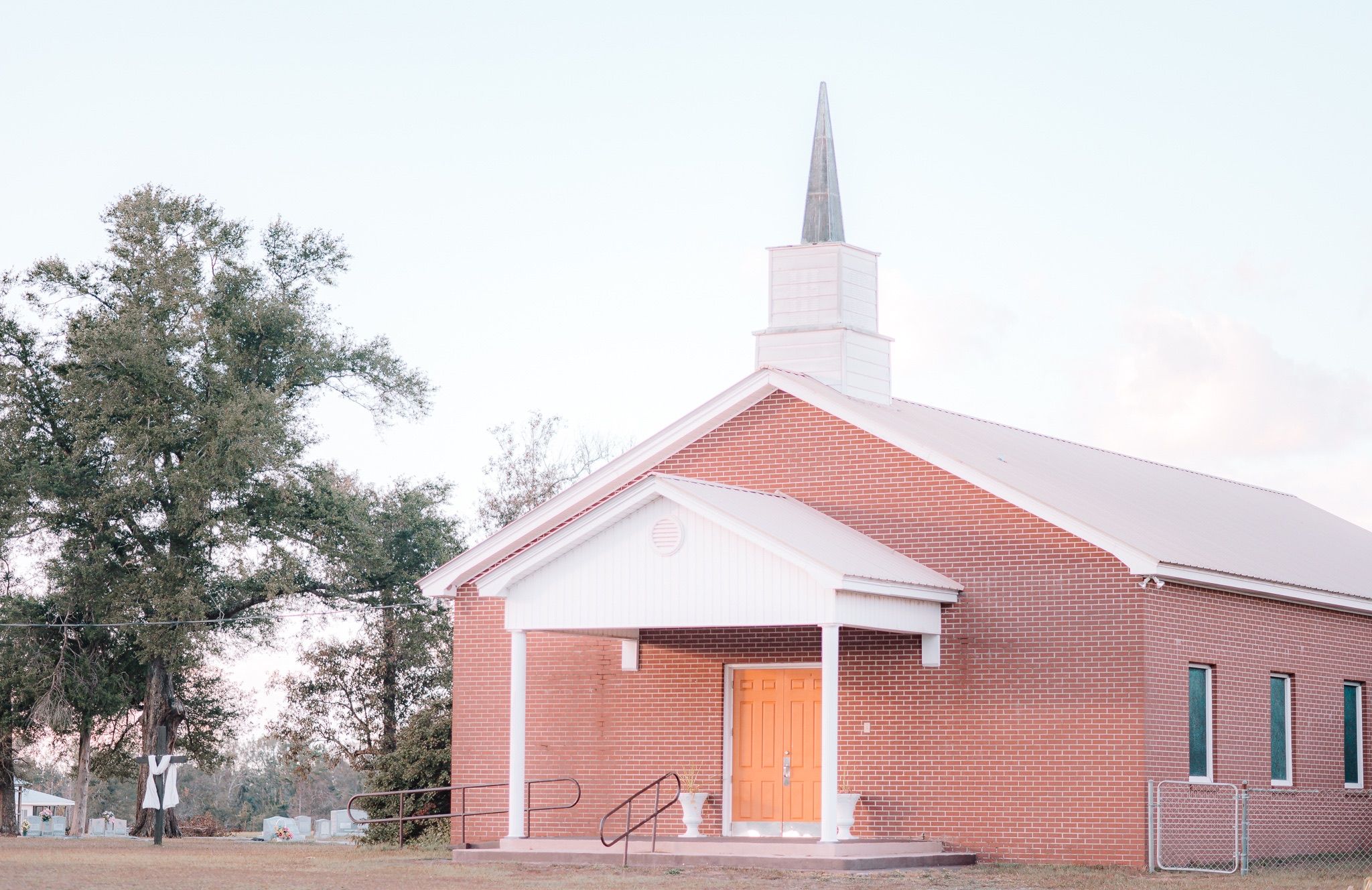Stages in a Replant: Planting
Stages in a Replant: Planting
NOTE: THIS BLOG POST IS PART 2 IN A FIVE-PART SERIES ON THE STAGES OF A REPLANT.
Fellow Workers in God’s Field
Have you ever planted a seed? Maybe you are active in gardening every spring and cultivate your own seeds. Maybe you have only planted in an Agricultural class as a student in High School. But if you have ever carefully placed that seed in fertile soil, you know the experience of placing hope.
You may be burying that seed in 2 inches of dirt, but once you place it there, it is outside your control. Sure, you may water that seed, or place a pot in the sunshine. But the forces of nature that cause it to grow are completely outside of your control.
When we sow seeds in the lives of others, we are placing hope in God: that He will give growth to our efforts. The passage of scripture we looked at last week gives the premise for the four stages of a Replant. Again, it’s found in 1 Corinthians 3:6-9:
“I planted, Apollos watered, but God gave the growth. So neither he who plants nor he who waters is anything, but only God who gives the growth. He who plants and he who waters are one, and each will receive his wages according to his labor. For we are God’s fellow workers. You are God’s field, God’s building.”
Last week we focused on plowing: which is primarily the work of God as we are seeking Him in prayer and preaching the word. But this week, we are looking at the work of planting seeds.
What Kind of Seeds are These?
When we talk about planting seeds, we are talking about sowing the Gospel into the lives of others. In Episode 164 of the podcast, Bob said, “The planting stage is the work of the pastors and leaders to faithfully cast or sow the seed of the gospel into the lives of the people and the culture of your church.”
This does not simply mean articulating the gospel behind the pulpit every Sunday, although that is extremely important. It means that every ministry, every meeting, every service, team, and event is saturated by the gospel. Many think the gospel stops at message of Christ’s life, death, and resurrection, and this message doesn’t carry into our daily lives. But while the gospel message is simple, its implications for daily life are profound. The gospel even impacts the way we manage our ministry on an operational level.
Seeing Things Through the Lens of the Gospel
For example, churches can get caught in routine, continuing programs and functions for the wrong reasons. They think if they stop that program or function, they’ll feel guilty for stopping what once brought success in the past. However, the gospel frees us from trying to please God with our works. Christ has accomplished the work for us. Instead, we are now motivated to serve the Lord with gladness. Not out of obligation, but out of gratitude.
In Creature of the Word, Geiger, Chandler and Patterson offer this helpful insight on how the gospel impacts even programming:
“Because church programs communicate, we must consciously bring the gospel to bear on them. Perhaps in analyzing your programs, you’ll discover that you schedule activities or programs because of guilty obligation. The gospel, on the other hand, frees us from feverish attempts to appease God with religious activities. The gospel frees us to say no and to rest from our work because we trust His finished work.”
God’s people will find so much more joy in their service when they recognize that it’s the gospel that compels them to joyful obedience.
Daily Application of the Gospel Transforms Us
Our whole hope is in the gospel, and our dependence is in its power for our lives and the life of our church.
Consider this quote from Thune and Walker’s book The Gospel Centered Life:
“Many Christians live with a truncated view of the gospel…(the gospel) is not just the means of our salvation, but the means of our transformation. It is not simply the deliverance from sin’s penalty, but the release from sin’s power. The gospel is what makes us right with God (justification) and it is also what frees us to delight in God (sanctification).”
There could be many reasons behind a church’s decline. It can be multi-layered and complex. But most decline comes as a result of a lack of understanding and growth in the gospel. We must do the hard work of planting the gospel seeds in every member, process, program and policy of the church.
In Jerry Bridge’s book The Discipline of Grace, he provides commentary on Romans 3:19-26, and then gives us his conclusion: we must daily preach the gospel to ourselves. In a Replant situation, leaders must teach and equip their congregation to do this very thing. He says this:
“To preach the gospel to yourself, then, means that you continually face up to your own sinfulness and then flee to Jesus through faith in His shed blood and righteous life. It means that you appropriate, again by faith, the fact that Jesus fully satisfied the law of God, that He is your propitiation, and that God’s holy wrath is no longer directed toward you.”
The gospel is not just a message that saves us, it’s a message that continues to work in us.
Practical Gospel Orientation
We must look at Gospel orientation as a filter. If you read any business or leadership books, they talk about how a vision statement must filter and guide everything you do, every decision you make. In a church, the gospel is the filter by which we do everything.
The gospel impacts the way we do children’s ministry, youth ministry, disciple-making, and even the financial team! If the gospel is our lens through which we view giving, we recognize that we can demonstrate the same type of outrageous generosity that God has shown us in our giving. 
One rule of thumb would be to ask the question: How would Jesus do this, if we led this ministry? If he led this part of our church? Do our programs and events demonstrate that the gospel has the power to save? Or do they conclude that we are trusting in something else?
Our ingenuity and cleverness is not enough to make an impact and initiate change. We need the gospel to give life to the things we do, dedicating time and energy to personal relationships. This is sowing the gospel into lives of others.
What Does This Look Like?
- Faithfully proclaiming the gospel from God’s word. According to Romans 1:16, the gospel is the power of salvation. We must be intentional if we are preaching God’s word to tie things back in with the gospel. God’s story of redemption is woven through all of scripture, so let it speak for itself and never forget to tie your sermon back into the accomplished work of Christ for us.
- Dedicating time and energy to disciple-making via personal relationships. The gospel changes the way we maintain relationships. We should be practicing the discipline of helping others grow in the gospel that they have received. This is what Jesus said when he says, “…and teach them to observe everything I have commanded you.”
- Examining and evaluating all aspects of church life in light of the gospel. Are programs duty-based or grace-based? Is your ministry focused on simply showing kindness to people, or proclaiming the truth of the gospel to them?
- Extending the gospel message beyond the walls of the church through empowering its members to love and serve their community by demonstrating and declaring the hope we have in Christ.
Leader, Pastor, Replanter: do not ever underestimate the power of the gospel in your church. Remember, you are a fellow worker with God as you are casting seeds of the gospel in everything you do. “and each will receive his wages according to his labor.”
For more information on the work of plowing, see Bob Bickford’s article on NAMB’s website or listen to Ep. 164 of the Replant Bootcamp Podcast. See some of my favorite books on Gospel Integration in your church: What is the Gospel?, Gospel: Recovering the Power that Made Christianity Revolutionary, and the Explicit Gospel. Next on my list is Darryl Dash’s book, How to Grow: Applying the Gospel to Everyday Life.
If you think your church is in danger of closing, take this church health assessment. This self-assessment is meant to help assist you in determining the current state of your local church. Another way to get started is by taking an introductory course that will help anyone understand what church replanting is and how it provides hope for dying churches.















